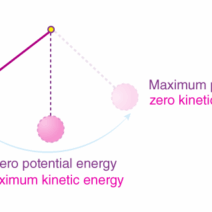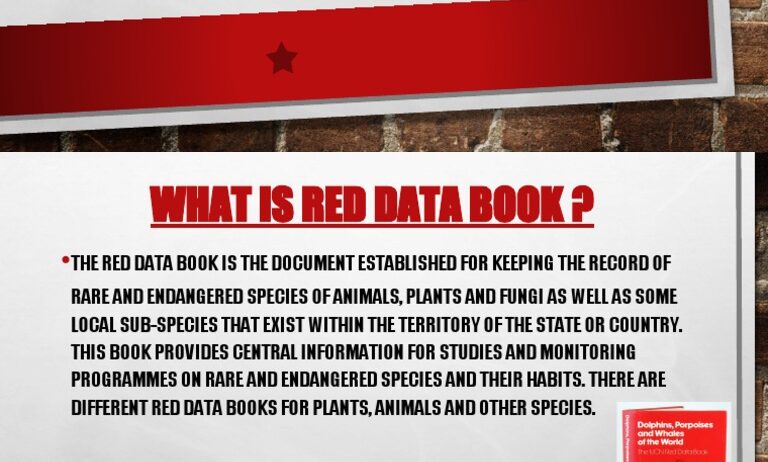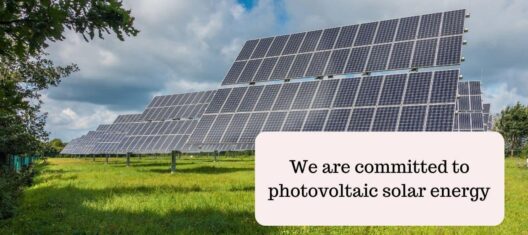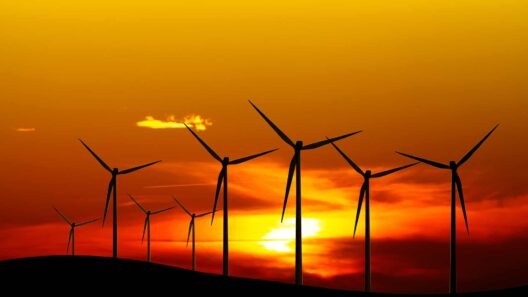Energy conservation is an essential aspect of survival for both plants and animals. Over millions of years, various species have evolved unique mechanisms to optimize energy expenditure, ensuring their survival in diverse environments. This exploration delves into the intricate strategies employed in the animal kingdom and the plant world, imparting insightful lessons on energy conservation from nature.
At the heart of energy conservation in the wild lies the principle of adaptation. Adaptation can be defined as the evolutionary process in which organisms become better suited to their environments. From the arid deserts to lush rainforests, life forms display an array of traits that exemplify remarkable resourcefulness in energy conservation.
One of the most prevalent strategies among animals is the phenomenon of behavioral thermoregulation. Ectothermic creatures, such as reptiles, extensively rely on external heat sources to regulate their body temperature. A prime example is the western fence lizard, which basks in the sun during the cool hours of the day to warm up and becomes inactive during peak midday heat. This behavioral adaptation diminishes metabolic demands, enabling the lizard to conserve energy when environmental conditions are less favorable.
In contrast, endothermic animals, including mammals and birds, possess the ability to maintain a constant internal temperature, albeit at a higher metabolic cost. To mitigate energy expenditure, these creatures often employ strategies such as hibernation and torpor. Hibernation—a state of prolonged dormancy—is particularly fascinating. The American black bear, for instance, dramatically reduces its metabolic rate during hibernation, subsisting on fat reserves accumulated during the warmer months. This remarkable adjustment allows the bear to endure the harsh winter without foraging for food.
Similarly, many bird species engage in migratory behavior as a strategy for energy conservation. By traveling thousands of miles to warmer climates, birds such as the Arctic tern optimize their foraging opportunities and minimize energy expenditure during the cold months. The energy savings achieved through migration are substantial, allowing these birds to thrive and reproduce in more favorable conditions.
Plant life, too, reveals a myriad of ingenious adaptations aimed at promoting energy efficiency. One key mechanism is photosynthesis, the process by which plants convert sunlight into chemical energy. However, not all plants perform photosynthesis in the same manner. C4 and CAM (Crassulacean Acid Metabolism) pathways illustrate alternative strategies employed by certain species in arid environments. C4 plants, such as maize and sugarcane, maximize their photosynthetic efficiency by altering their stomatal behavior, reducing water loss while continuing to absorb sunlight. CAM plants, like succulents, open their stomata at night, minimizing water loss and capturing carbon dioxide to use during daylight. Through these adaptations, both groups of plants successfully conserve energy and water, enhancing their chances of survival.
Another remarkable adaptation among plants is their structural design. Many desert plants, like the saguaro cactus, have evolved physical traits that reduce energy expenditure. With an extensive root system, the saguaro efficiently captures water from rain, while its thick, waxy skin limits transpiration, conserving precious moisture. In the temperate rainforest, the towering redwoods optimize light capture with their lofty height, allowing them to photosynthesize year-round efficiently. These adaptations mitigate the energetic costs associated with growth and survival in their respective environments.
In addition to structural and physiological traits, the symbiotic relationships between species also contribute to energy conservation. Mycorrhizal fungi, for instance, form associations with plant roots, enhancing nutrient uptake and facilitating water absorption. In return, these fungi receive carbohydrates produced through photosynthesis. This mutualistic relationship exemplifies how interconnectedness in ecosystems minimizes energy expenditure, fostering resilience and sustainability among species.
Furthermore, certain animal species exhibit complex social structures that promote energy savings. Ants, bees, and termites are classic examples of social insects that work collectively to construct intricate nests and forage for food. The division of labor and cooperative behavior inherent in these colonies allows individual members to conserve energy while maximizing the efficiency of resource collection and nest maintenance.
Learning from these biological phenomena illustrates the importance of conserving energy, especially in the face of climate change. Understanding how plants and animals thrive under challenging conditions can inform human practices in energy efficiency. Sustainable agriculture, wildlife conservation, and urban planning can all benefit from the wisdom gleaned from studying natural systems.
In conclusion, the myriad strategies developed by plants and animals to conserve energy provide invaluable insights into the interconnectedness of life forms and their environments. From behavioral adaptations to physiological mechanisms, these approaches not only highlight the resilience of nature but also underscore the critical need for humans to adapt their practices in the face of an ever-changing planet. Emulating the principles of energy conservation exemplified by the natural world could play a pivotal role in creating a sustainable future for our ecosystems and ourselves.








